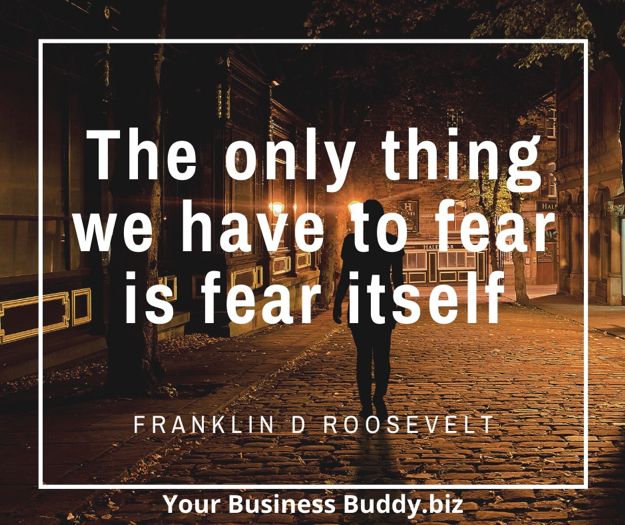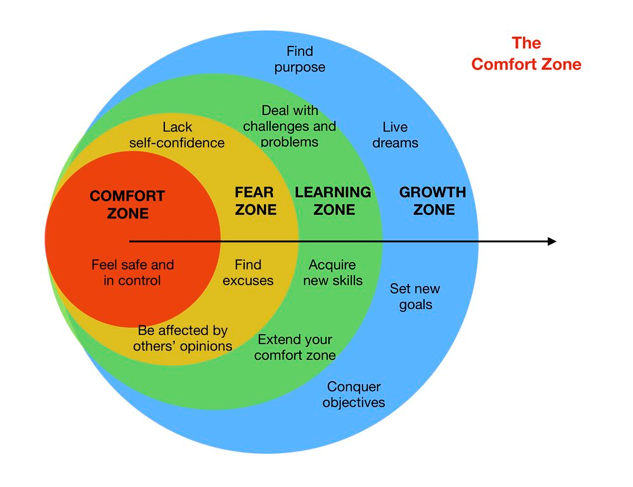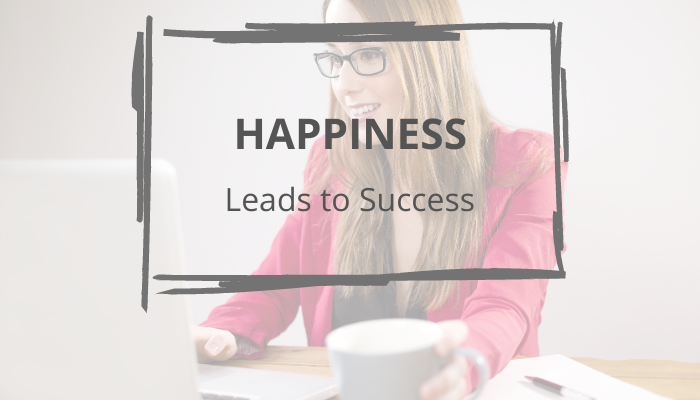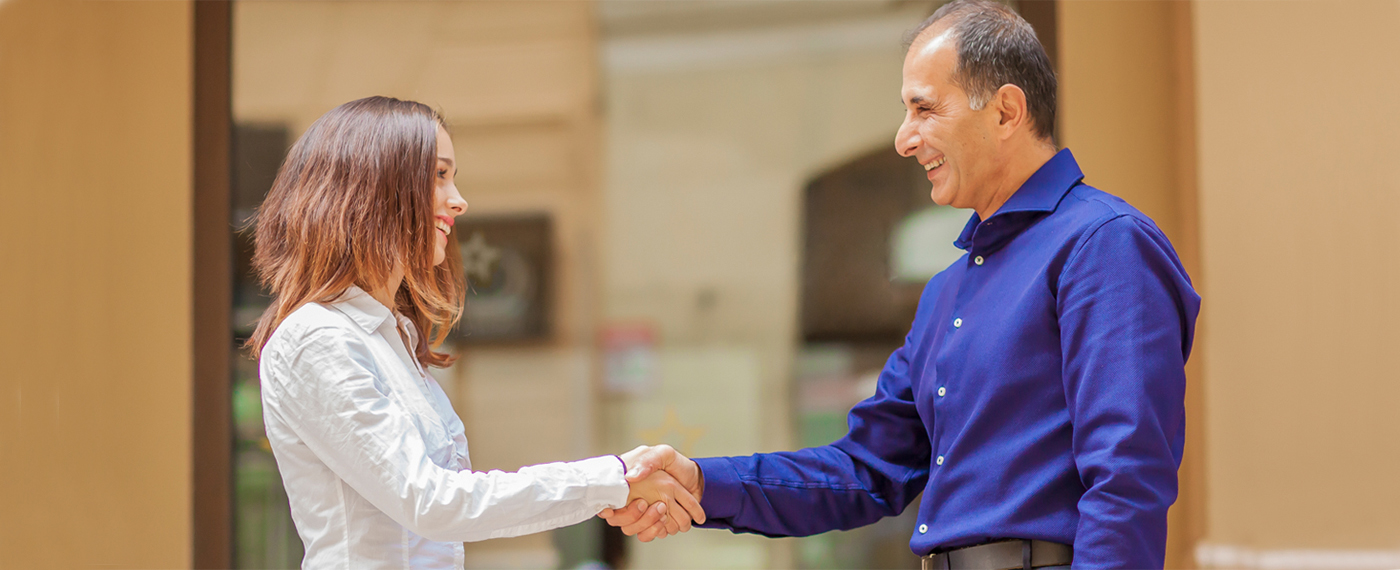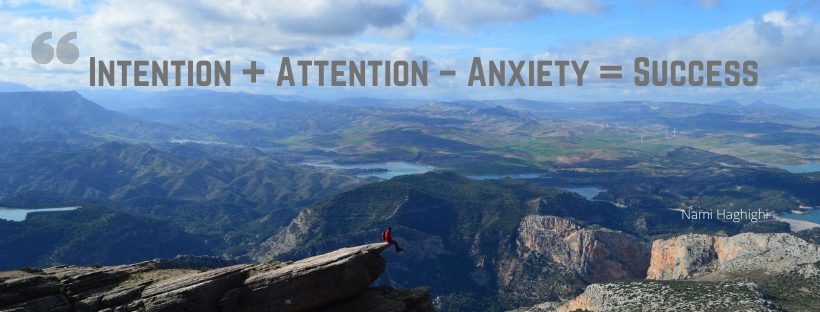Fear – Anxiety – Stress Simple Steps to Overcome Them
I want to talk about fear today, and how to overcome it to feel happier and more in control. In this current global crisis, we are all at risk of being overwhelmed by fear, anxiety and stress.
Many of us are probably struggling with having to hand over control of our liberty and stay home, even as things are beginning to ease a little. It’s easy to buy into the opinions and directions of others, especially those who appear to back up their position with official-sounding evidence. But many of the posts on social media are by people who know only as much as we do, and are more speculation than truth.
Worrying about our own health and our loved ones, worrying about our businesses and the economic impact of the restrictions imposed on us while we ride out this pandemic, worrying about how long it will take to get back to normal – all this can very quickly impact on our mental health and make it harder to regain perspective.
It all feeds the fear.
Fear gets stronger the more we feed it, and skews our perception of reality. Fear is designed to keep us safe, but it can easily get out of control – if we let it.
But here’s the thing: fear is all in the mind.
Don’t give it headspace – don’t let fear live rent-free in your head!
Question how this will impact on you right now, but avoid worrying about the future. When we get bogged down with drama, we forget our own centre. Think about what you can do differently.
There are things we can do now, simple steps we can take that will put the brakes on rising anxiety, to strengthen ourselves and move away from feeling vulnerable by building resilience.
Resilience is a key factor in protecting and promoting good mental health. It is the quality of being able to deal with the ups and downs of life, and is based on emotional strength. Emotional strength, like physical strength, comes from exercising control over how we respond to pressure.
Photo by Benjamin Davies on Unsplash
One of the most important things we can do to protect ourselves is to isolate ourselves from the discussion of the virus as well as from the virus itself. Move away from fear-inducing social media and endless news bulletins. You know it’s happening, and you know too, that with time, it will pass.
Be present in this moment. Pay attention to what is happening within you and around you right now. If you can, sit in the sunshine and breathe deeply. Right now you’re okay. Focus on that and let yourself sit with that thought for a moment.
By focussing on what we do have, and staying present, we can regain a sense of control over our lives.
The Comfort Zone
Brené Brown describes the comfort zone as ‘Where our uncertainty, scarcity and vulnerability are minimised—where we believe we’ll have access to enough love, food, talent, time, admiration. Where we feel we have some control.’
How we respond is always more powerful than our present circumstances. Parts of our lives right now are being decided by completely uncontrollable circumstances, yet there’s still so much that’s decided by our responses.
Remind yourself that the goal isn’t to get rid of all your painful thoughts, feelings, and life circumstances, because that’s always impossible. The goal is to change your response to them.
There are many tools to help with this. Apps such as Headspace, Pacifica, Calm, and Rain Sounds are useful in bringing a moment of calm to allow you to reset to a more positive frame of Gratitude mind.
Gratitude
Gratitude alone can transform your relationship to events in a really positive way. Moving towards gratitude is as simple as noticing the world around you. Listen to the birds, watch the clouds drifting across the sky, smell the different scents of the day. Breathe in, breathe out. One of my clients for example tries to find ten things to be grateful for, even before she gets out of bed in the morning – and twenty before breakfast on especially difficult days! (Having breakfast counts, with double points if you can eat it in the garden!)
Gratitude creates a powerful emotional and energetic signature akin to unconditional love, and creates a mindset of abundance and grace in place of scarcity and fear. Gratitude enables us to raise our energy and expands our emotional range for how we respond to challenges.
If you’re feeling grateful for something, you can’t feel bad – they can’t be in the same space together.
And by writing down all the things we feel grateful for becomes a powerful tool for the times we lose focus. So, by capturing the memories of things you can be grateful for at the end of the day as well, the mood you go to bed in will be the mood you get up in.
We all have bad days, but I can tell you that by paying attention to the good things, noticing them, acknowledging them, writing them down, in doing this – especially on the bad days – you will find your mood begins to lift immediately, and you feel more in control, more empowered, no longer a victim of circumstance.
Gratitude brings with it clarity of mind, enabling you to discern the truth from bluster and assess the facts. In this way, we take back our power and we rise stronger to face the challenges presented to us.
Photo by Gabrielle Henderson on Unsplash
Fear is false appearing real. Once you take back control of your thoughts – by looking around you, at what you know to be true, by maintaining a gratitude list, journal or jar to gather up all the small bits and bobs that help you build trust with the world – you’ll be able to dismiss fearful thoughts more quickly. It’ll be like having a conversation with your fears:
‘Yes thank you for showing up and alerting me to the dangers as you see them; however, I have better information, and you can stand down this time. I do appreciate your being on guard though.’
Being able to rely on your own emotional strength and clarity of thought to assess things puts you back in a position of control, and reduces the sense of being overwhelmed by circumstance, because you know you’ll rise strong regardless.
Photo by Miguel Bruna on Unsplash

